The Best of Frieze London — 10 Curious, Captivating Installations With Unexpected Homeware Potential
Our stroll around the coveted British fair proved that Frieze London isn't exclusively for art lovers, but brings a fresh dose of interior inspiration to town, too
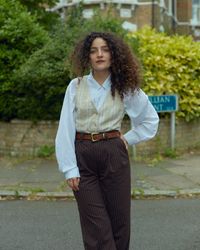
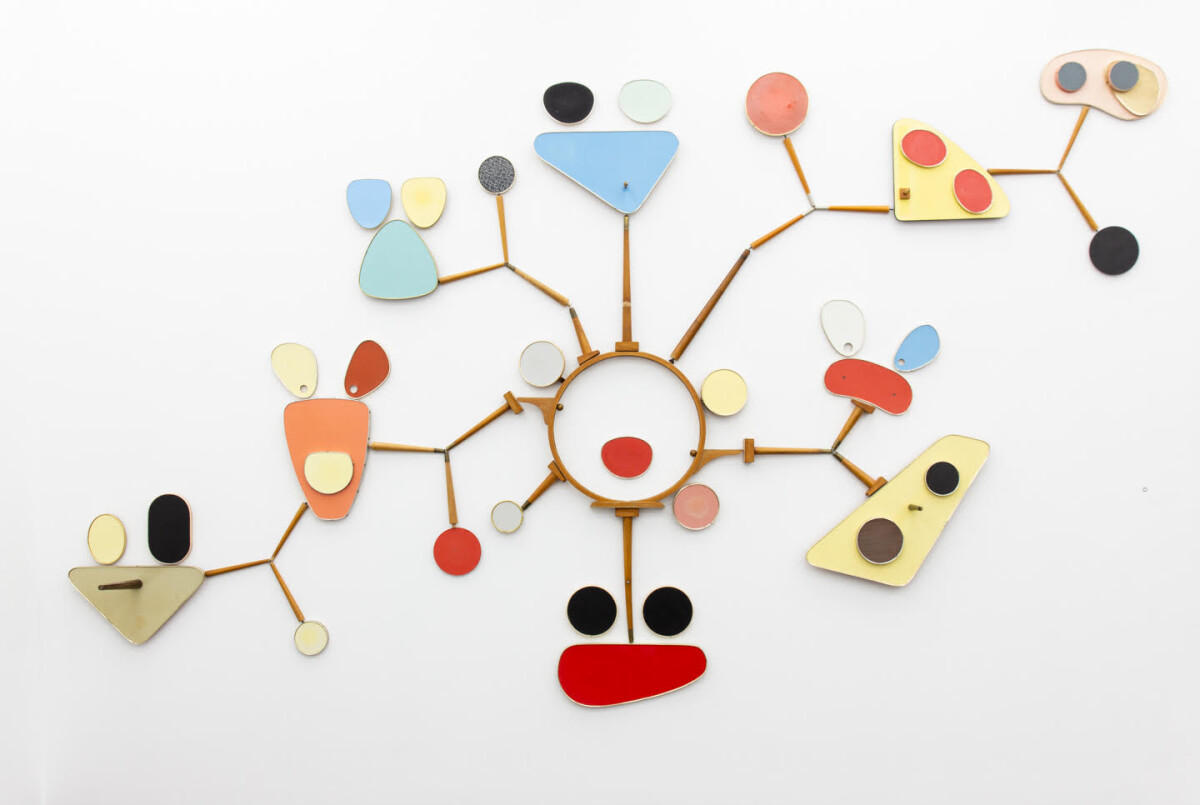
Frieze London kicked off on Wednesday with a VIP welcome and is open to the public starting today. The 21st edition of one of the world's most anticipated art events reunites over 160 galleries hailing from 43 different countries in the English capital. Capturing the ever-evolving experimentation of established and rising international talents, the British fair offers visitors a unique opportunity to confront themselves with the techniques and preoccupations that define the essence of the contemporary creative scene.
Along with the best design exhibitions in London this October and PAD London's triumph of oddly imaginative décor, Frieze London — coinciding with the historical art sibling fair Frieze Masters — infuses the city with transportive cultural ferment by housing the whole world's creative genius within his Regent's Park tents.
When we visited the fair yesterday, we weren't simply interested in spotting the most extraordinarily crafted, evocative installations, but wanted to identify those artworks that, whether because of their functionality, the feel they released, or mysterious ambiguity, blurred the lines between art, homeware, and design.
Scroll to see the best of Frieze London, or ten masterpieces we'd happily style in our modern homes.
1. Nat Faulkner's "Constellation" (2024)
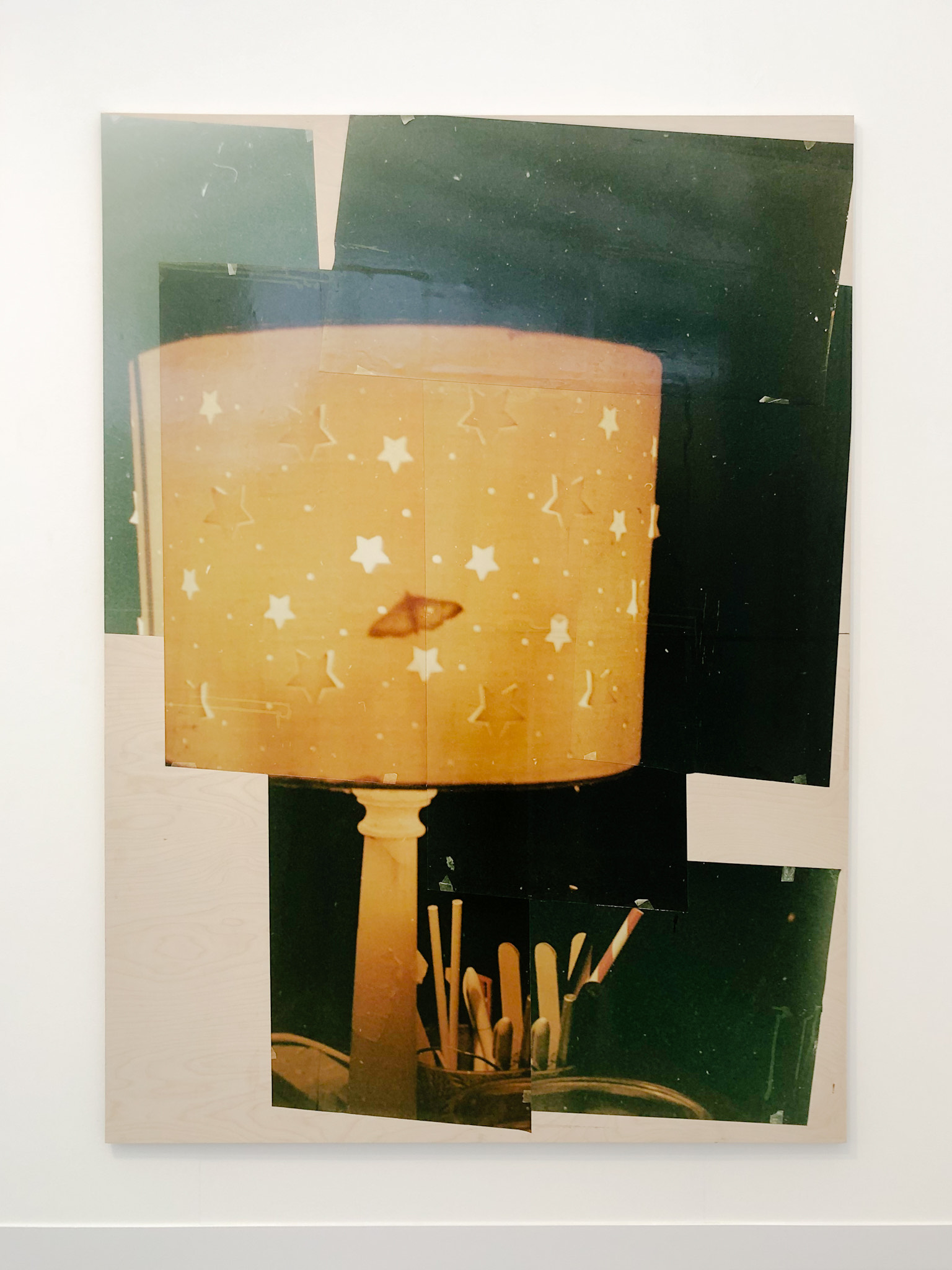
The winner of the Camden Art Centre Emerging Artist Prize at Frieze 2024, British photographer Nat Faulkner was the very first one to catch my eye as I made my way into Frieze London. His delicate, poetic image Constellation (2024), capturing an ochre table lamp decorated with stars and subtly portraying the silhouette of a butterfly, would come in handy to anyone looking for children's bedroom furniture ideas, and wall art. Faulkner, who draws from the work of early photography masters like Henry Fox Talbot, embraces the medium as an "expedition," much like his inspiration, and this storytelling element of his practice is what makes it so immediately resonant. Besides its immediate homeware use, Constellation struck me for its dense patina and collaged composition, both of which imbued the shot with the allure of old family albums. Love at first sight.
2. Savannah Harris' Painted Abstract Explorations

This might sound reductive to you, and I don't mean to trivialize in any way British artist Savannah Harris' mesmerizing work to a piece of furniture, but the pastel-shaded canvases on display as part of Frieze London's Focus section in the booth of the London and New York-based Harlesden High Street gallery, reminded me of the textural nature of hand-tufted, abstract rugs. Of course, there is much more to the production of the London-based painter than the striking shades of her paintings, and if comparing them to carpets sounds unorthodox, I would do anything to have one of her colorful explorations as the centerpiece of my living room's walls. By giving life to these three-dimensional, layered, and mysterious scenes, Harris, whose Caribbean and Cuban roots are referenced in her art through the incorporation of sand, seeks to echo mineral erosion, and "a sense of wearing away". In her craft, these hypnotic visions embody the continuum between her inner and outer dimensions, between herself and her family's history.
3. Charlotte Edey's "Thin Places" (2024)
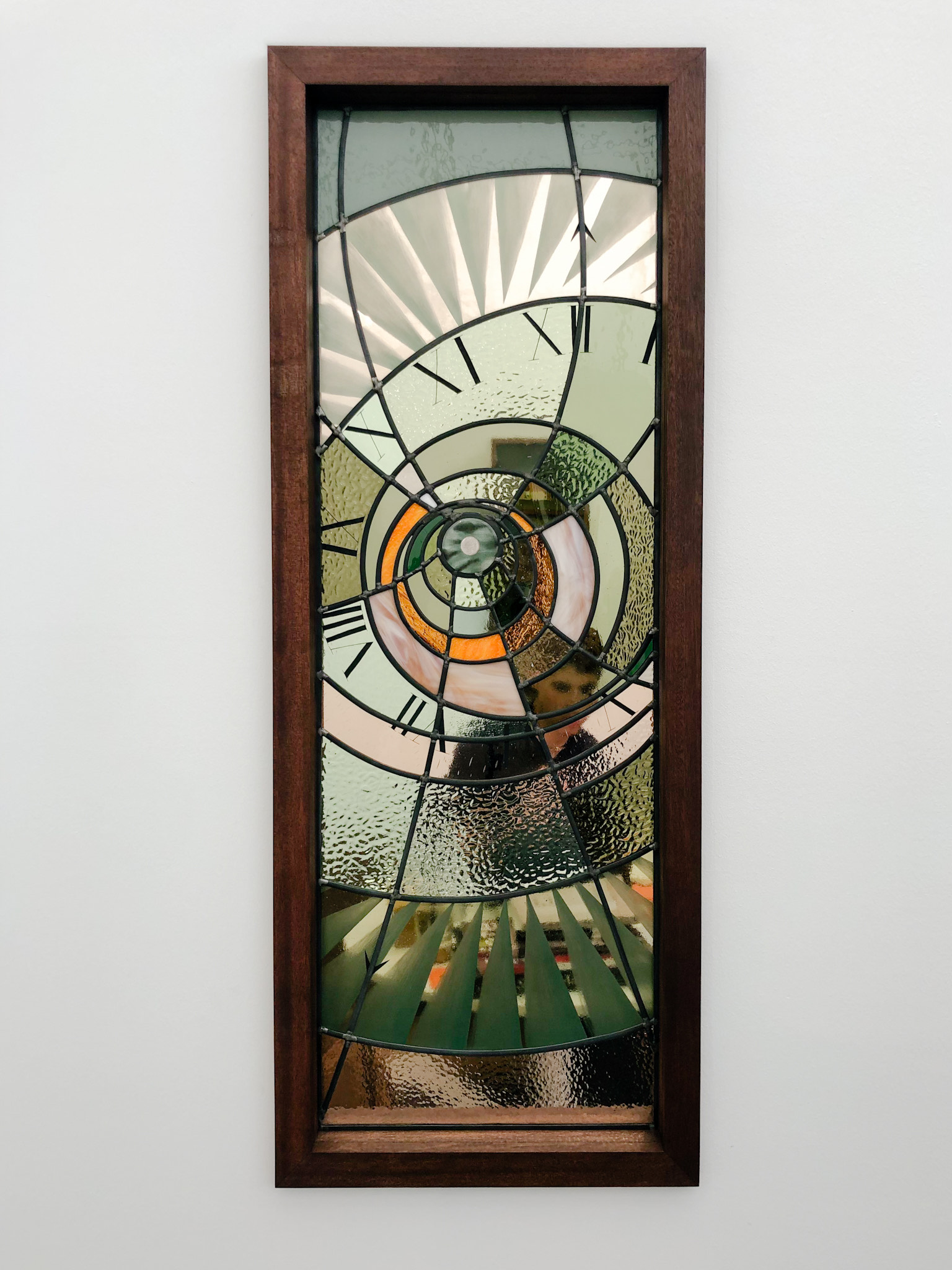
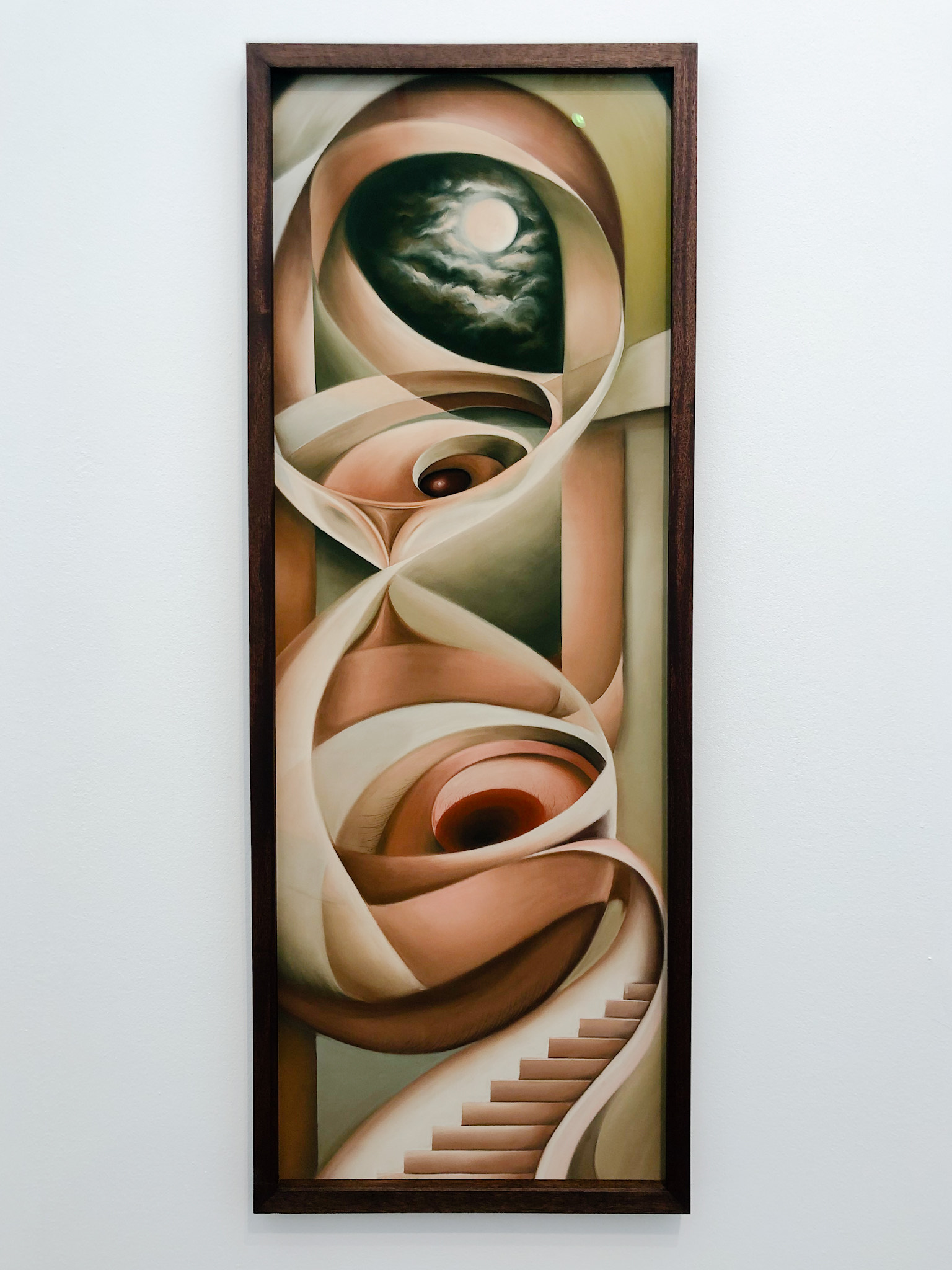
If there is a recurring pattern I have noticed at Frieze London, it is a widespread presence of stained glass artworks. Featured in the Focus section of the art fair by London-based gallery Ginny on Frederick, Charlotte Edey's ones, part of her Thin Places series, were the most fascinating examples of this technique. Juxtaposed to just-as-noteworthy, surreally beautiful framed paintings, these windows would fit perfectly in a transitional-style home in need of a vibrant touch. Still, the Manchester-born artist's elegant aesthetic cannot be overlooked, and nor should her ability to straddle the representation of figurative, architecture-inspired, and otherworldly subjects while retaining her trademark, ethereal aesthetic. While certainly more appealing to me because of the female gaze behind them, her works have the metaphysical essence of Italian pioneer painter and author Giorgio de Chirico. Edey is definitely one to watch.
The Livingetc newsletters are your inside source for what’s shaping interiors now - and what’s next. Discover trend forecasts, smart style ideas, and curated shopping inspiration that brings design to life. Subscribe today and stay ahead of the curve.
4. Keti Kapanadze's "Betwixt 2" (2019)
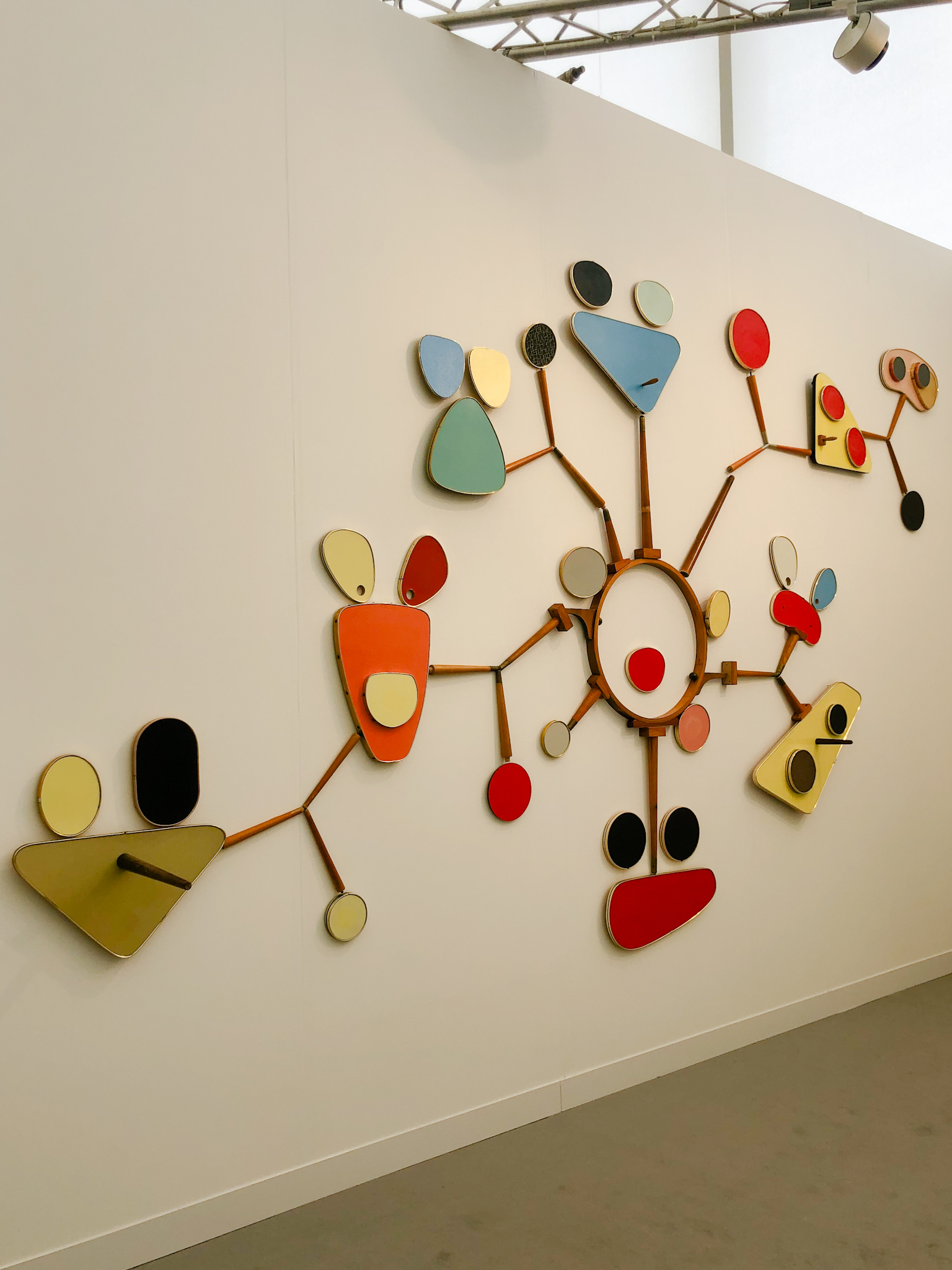
Showcased by Tbilisi Gallery Artbeat, I only have two words to describe Keti Kapanadze's Betwixt 2: pure genius. My very first thought when I came across it was that it felt like an ornamental reinterpretation of the saturated hues and fun, geometric shapes that made the Memphis Group famous worldwide in the 1980s. Integrating what looks like 1970s vintage table tops in wood and Formica into a spider-like ramification of color, the piece presents multiple pins that could be used as clothing hangers. Sure, placing such a monumental wall artwork in your house probably goes against the rules for decorating small spaces, but if you have got room to spare, this funky, uplifting artwork will make your home truly unique — and I'd totally envy you. Kapanadze, who was born in the Georgian capital and was the country's first conceptual artist in Soviet times, knows how to turn the public in her favor.
5. Maria Trabulo's "The Spared Museum"
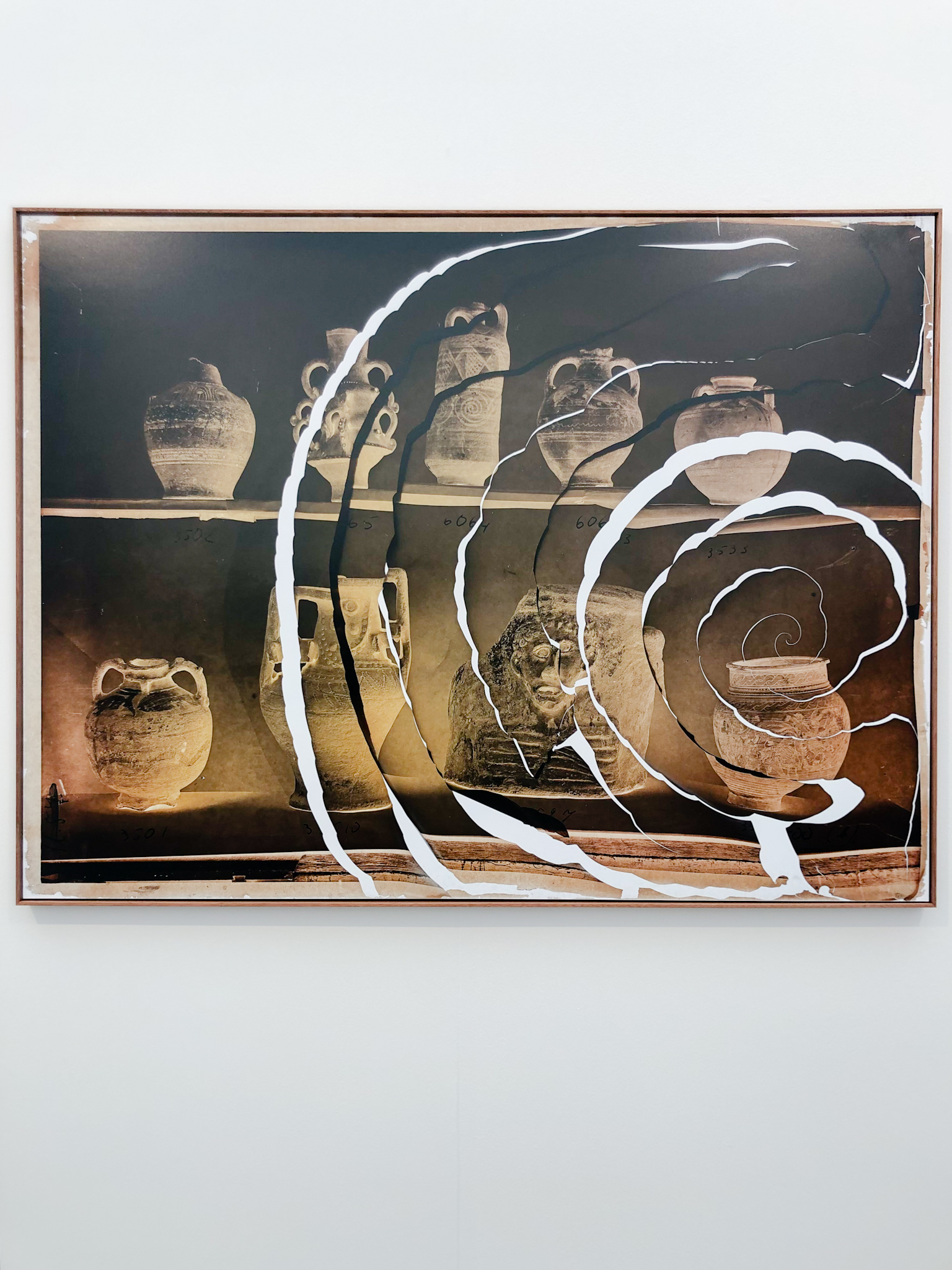
Why have a decorative ceramic vase when you can have nine, framed and made even more timeless by a totally unusual visual effect? Exactly my point. In her presentation with Toronto-based gallery Towards, Portuguese multidisciplinary artist Maria Trabulo transformed what remains of now-destroyed photographs of ancient artifacts from Berlin's Bode Museum into an investigation into memory, loss, and identity. Obtained from the negatives still stored within the institution, the actual images — lensing everything from statues and coins to artworks developed between the XVII century BCE through the Byzantine Empire, and from the Reinassance into the XVIII century — went destroyed during the Second War World. Trabulo's haunting reworking of their monochromatic models bears witness to society's social, cultural, and political transformations. At its core, this mystical body of work reminds us of the importance of preserving our past as a way to avoid committing the same mistakes in the future.
6. Faiza Butt's Whimsical Ceramic Bowl
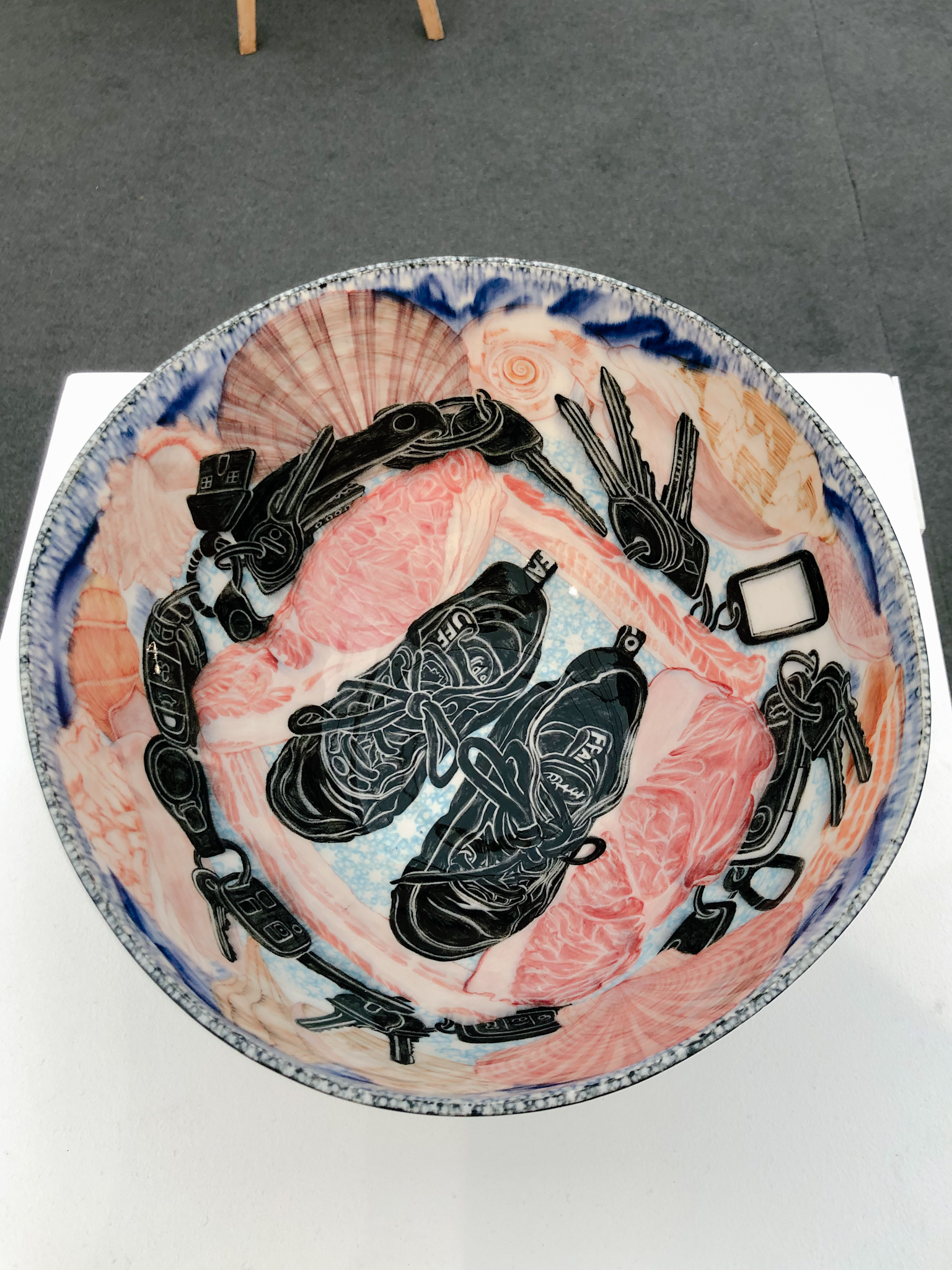
New Delhi Vadehra Art Gallery's joyful Frieze London presentation And the Strokes Come Like Speech featured a selection of artworks conceived as "an archeological site", shedding light on how the creation and physical essence of each of the pieces on display become the platform for the manifestation of personal stories, individual and collective struggles, and unforeseen awakenings. Out of all items on view, this playful ceramic bowl by Faiza Butt struck a chord because of how closely I felt seen in my "ordered" chaos — yes, ordered, or at least that's what I like to call it. Filled with keys and a pair of shoes, it juxtaposes a natural, fantastical background with the hyper-functionality of everyday life, conjuring questions about the difference between our dreams and our true reality.
7. Martino Gamper's "Robot Chair (v.02) / Collective No.05" (2008/2014)
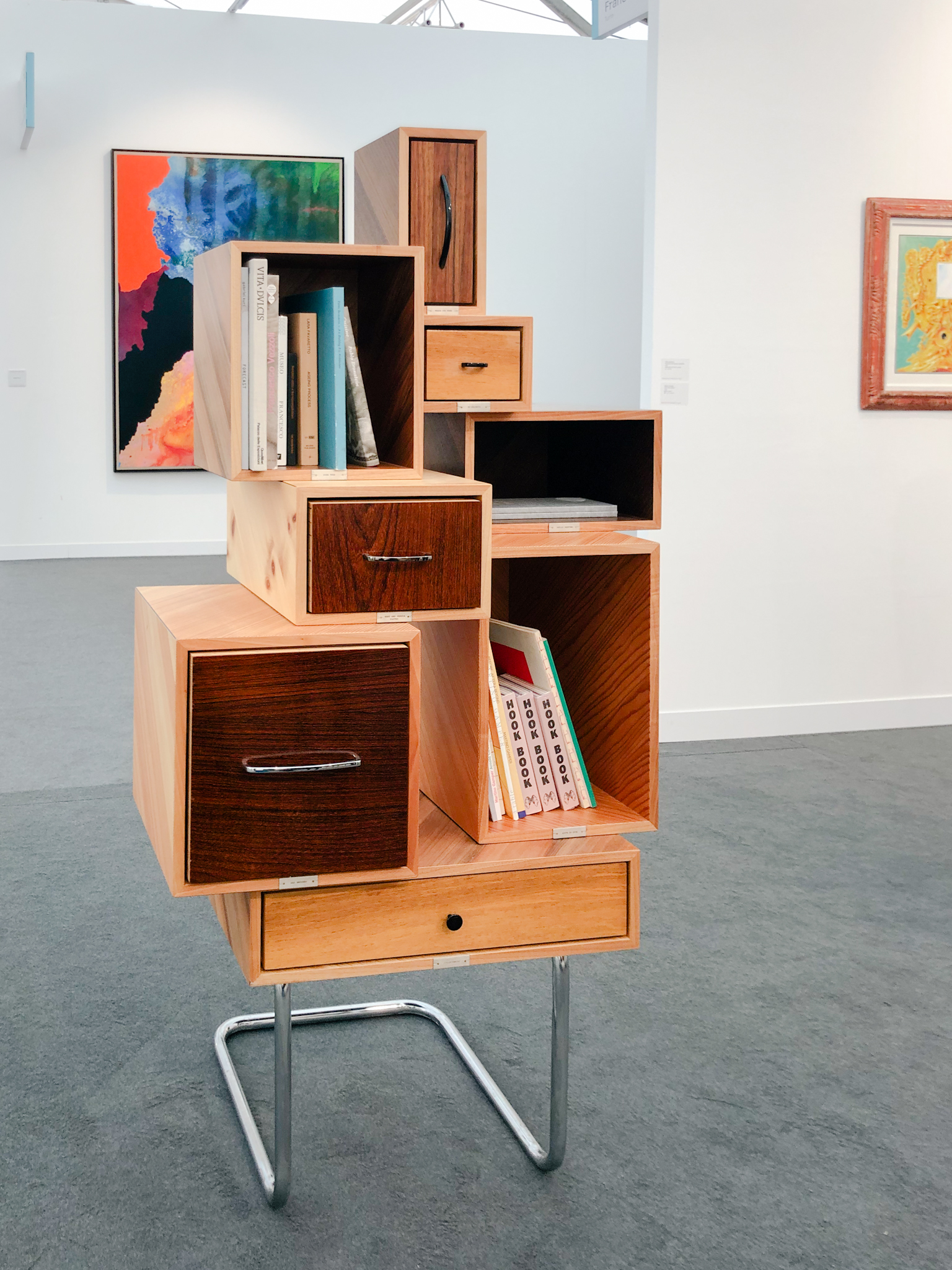
Alright, it's true: ever since visiting his Before, After & Beyond exhibition, I haven't really stopped thinking about Italian-born Martino Gamper's vibrantly inspiring approach to design. In this case, though, his work found me before I could do it myself, precisely at the Frieze London booth of the Turinese Galleria Franco Noero. The artist's Robot Chair (v.02) / Collective No.05 (2008/2014) — chair? Is it a chair? A desk? A bookshelf? Or all of the above? — served as the centerpiece for the institution's presentation. Boasting the ever-trendy combo of chrome and wood, its fractured structure and seemingly modular (it's not!) look would give your study room or home office that mid-century modern furniture feel the whole world seems to be after right now. At once timeless and eccentric, I'd love to own one myself.
8. Lee ShinJa's "Woods" (1971)
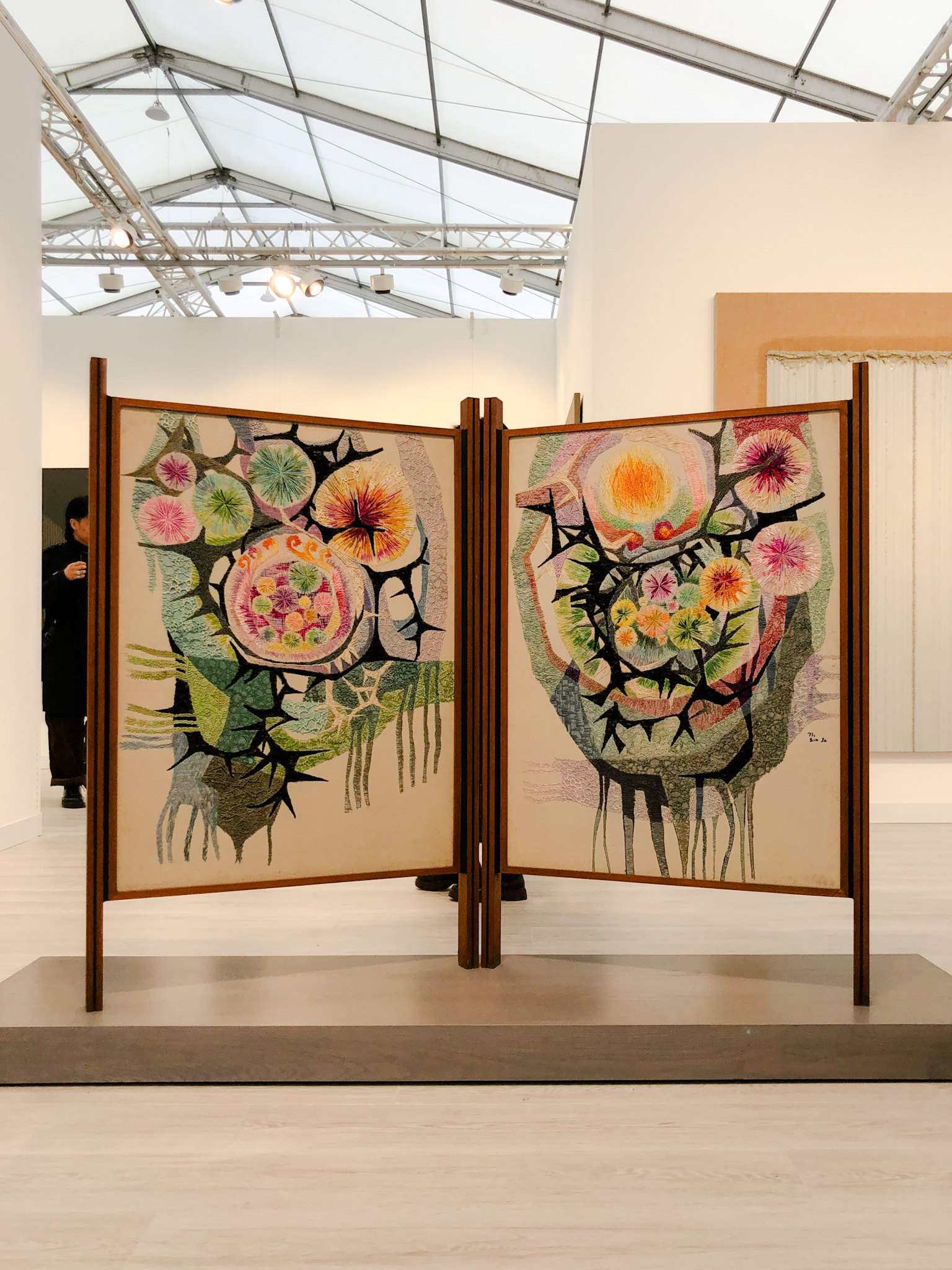
At Frieze London, pioneering Korean fiber artist Lee ShinJa, platformed by New York's Tina Kim Gallery, presented a stunning two-piece, embroidered wooden panel quite fittingly called Woods. Close to turning 100 (ShinJa is 94), the creative, credited with elevating what used to be regarded as a domestic activity to a widely esteemed creative practice in her native country, continues to amaze. In a contemporary art fair like Frieze London, where art professionals and amateurs come to get exclusive insights into the scene's newest trends, this meticulously woven piece celebrates the charm of long-standing artisanal traditions, demonstrating that great things can stand the test of time. Personally, I would see it in a sun-filled modern rustic décor home, where it would make a floral room divider, or as a precious way of marking the separation between a courtyard and the indoors.
9. Nick Goss' "Prima Belladonna" (2024)
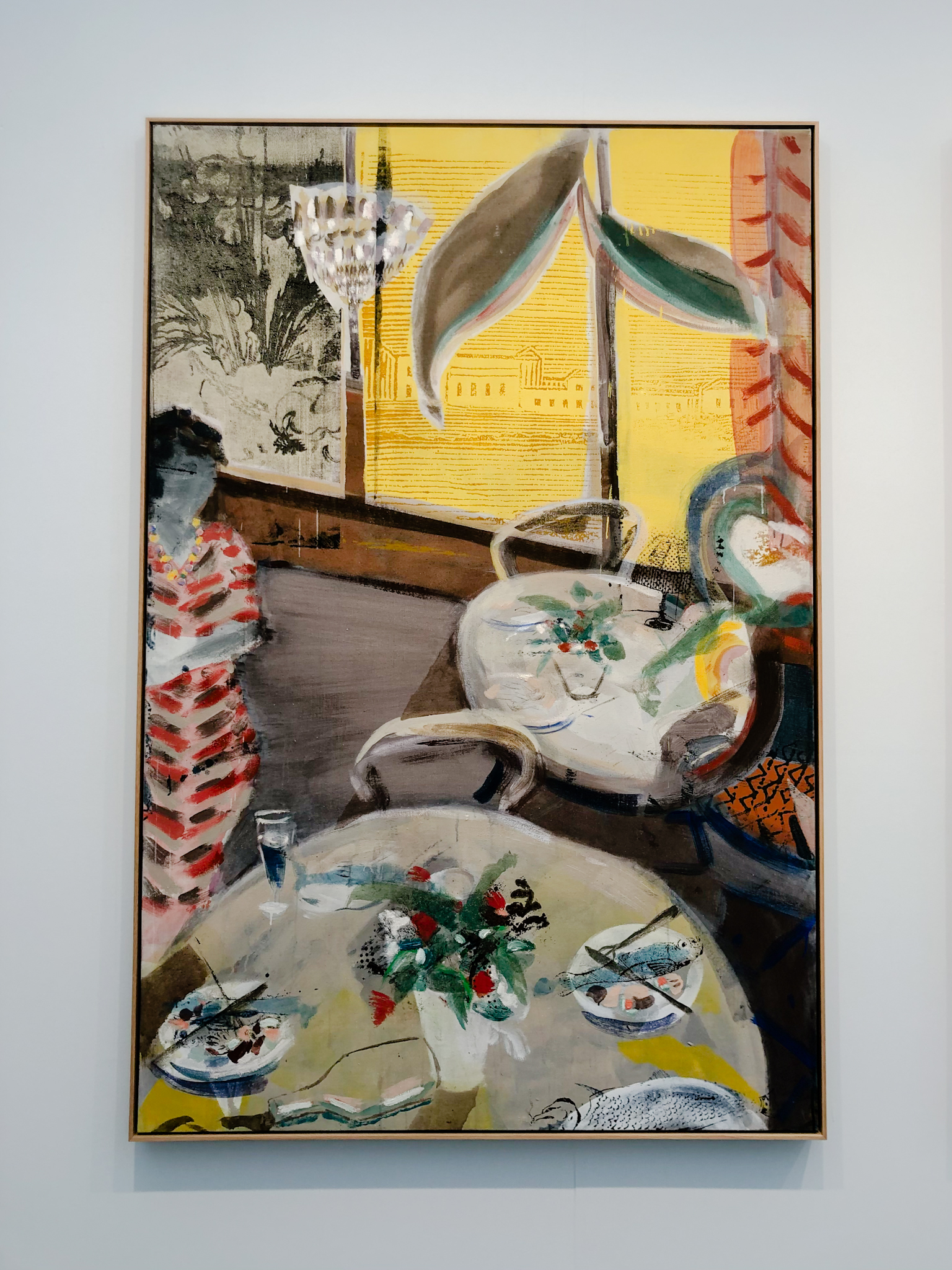
Call me basic but, even just for its title, as the proud Italian I am I couldn't not like Nick Goss' impressive Prima Belladonna (2024). Instinctually, though again some might not enjoy the comparison, it brought me memories of Henri Matisse's Nice, Travail et Joie Print (1948), and that's for a reason: both paintings depict a dining table from a fly-on-the-wall perspective, they share a yellow, black, red, and green heartwarming palette and a section of the outdoor surroundings. Showcased by Edinburgh's Ingleby Gallery, the Bristol native has the power to transport his viewers into the mellow situations he outlines with his brush. Much like I have done with my own framed print of Matisse's cinematic canvas, the piece would channel a spirited atmosphere into any living-cum-dining room, while also permeating it with a tres chic, retro-inspired vibe.
10. Ayla Tavares' "Matéria Matéria" Series
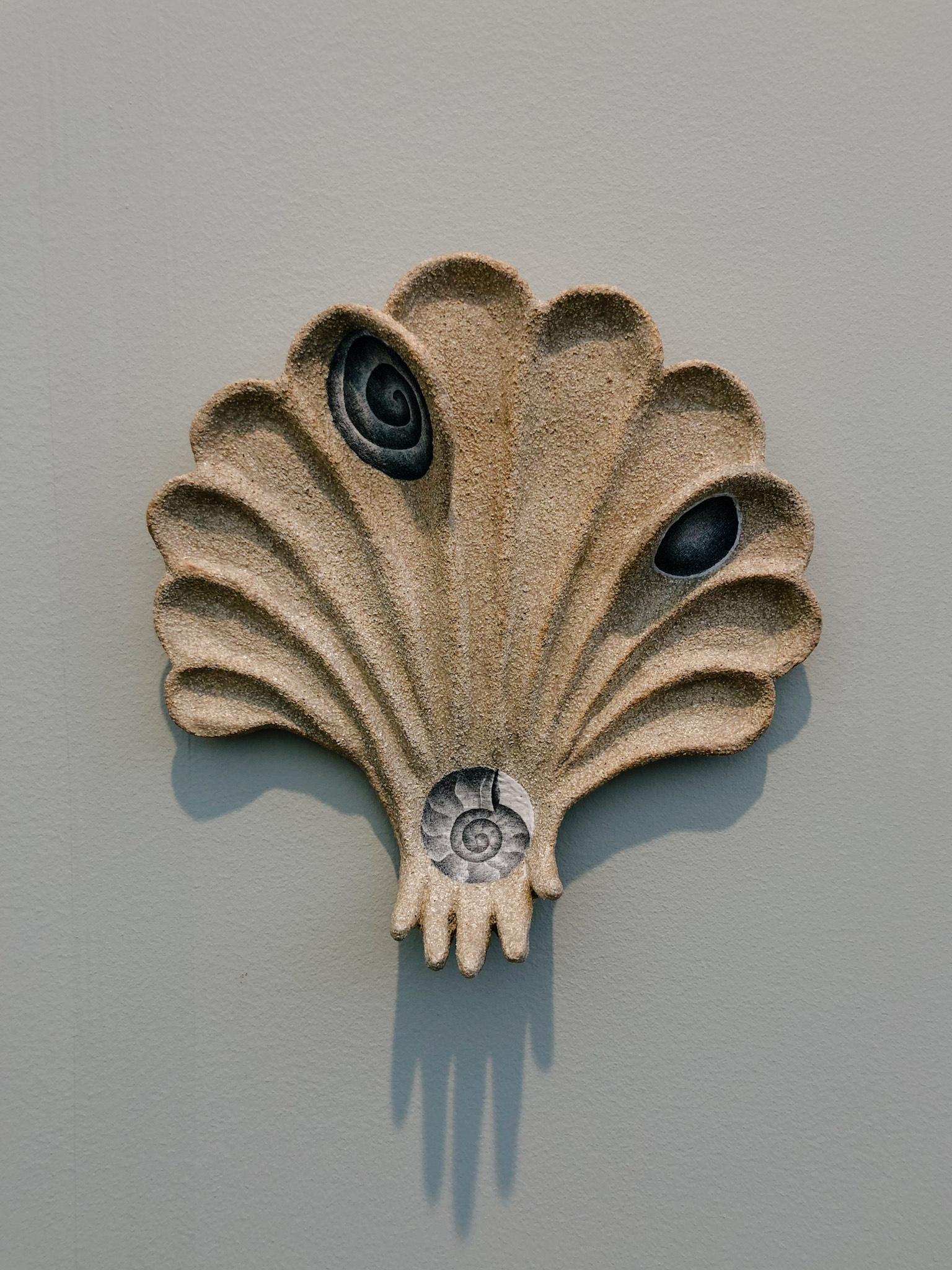
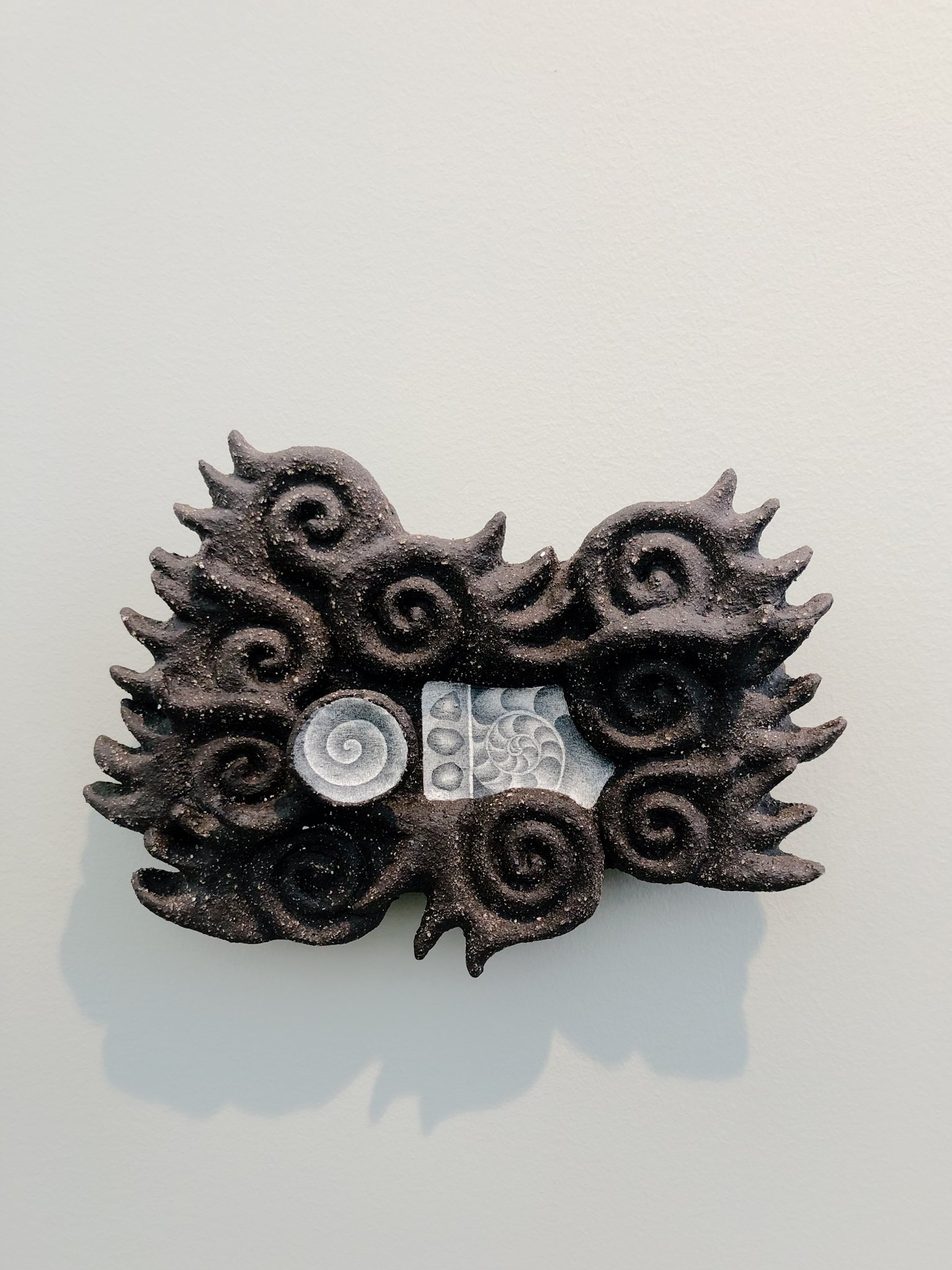
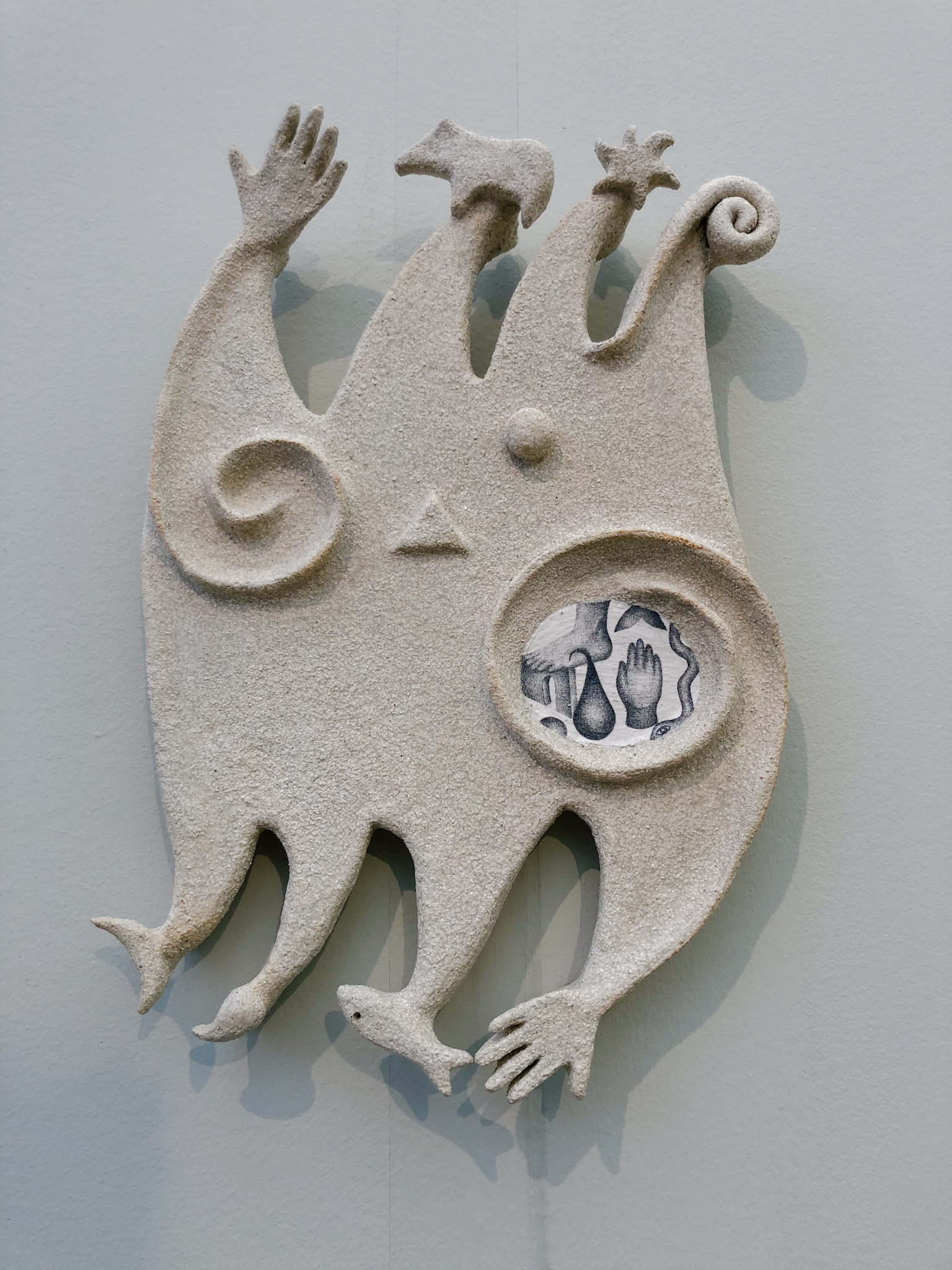
I thought I could only obsess over Martino Gamper — Rio de Janeiro artist Ayla Tavares proved me wrong. Co-presented by HATCH Gallery and Galeria Athena, her Matéria Matéria ceramic collection appears suspended between an ancient past and an alien-like future. It didn't take more than a second to be captured by it: clay, after all, is one of those materials that never grows old, and neither does the allure it holds on people, thousands of years after the craft was first perfected by humankind. I guess that's what Tavares is trying to tell us with her creature-like, shells and organisms-plastered otherworldly objects. In her research, she looks at archeological and sacred artifacts to establish a relationship "with different moments in the past", engaging with both memory and ordinary life.
Odd, amusing, and inherently beautiful, her Matéria Matéria sculptural works fly me to a seaside house punctuated by blue and white accessories and simple wooden furniture. I see them as 'jewel'-like coat and dried flower bouquets hangers, objects onto which people would rest more of their cherished possessions as they hit the beach before eventually returning back home. If anything, they've got me traveling in my own mind.
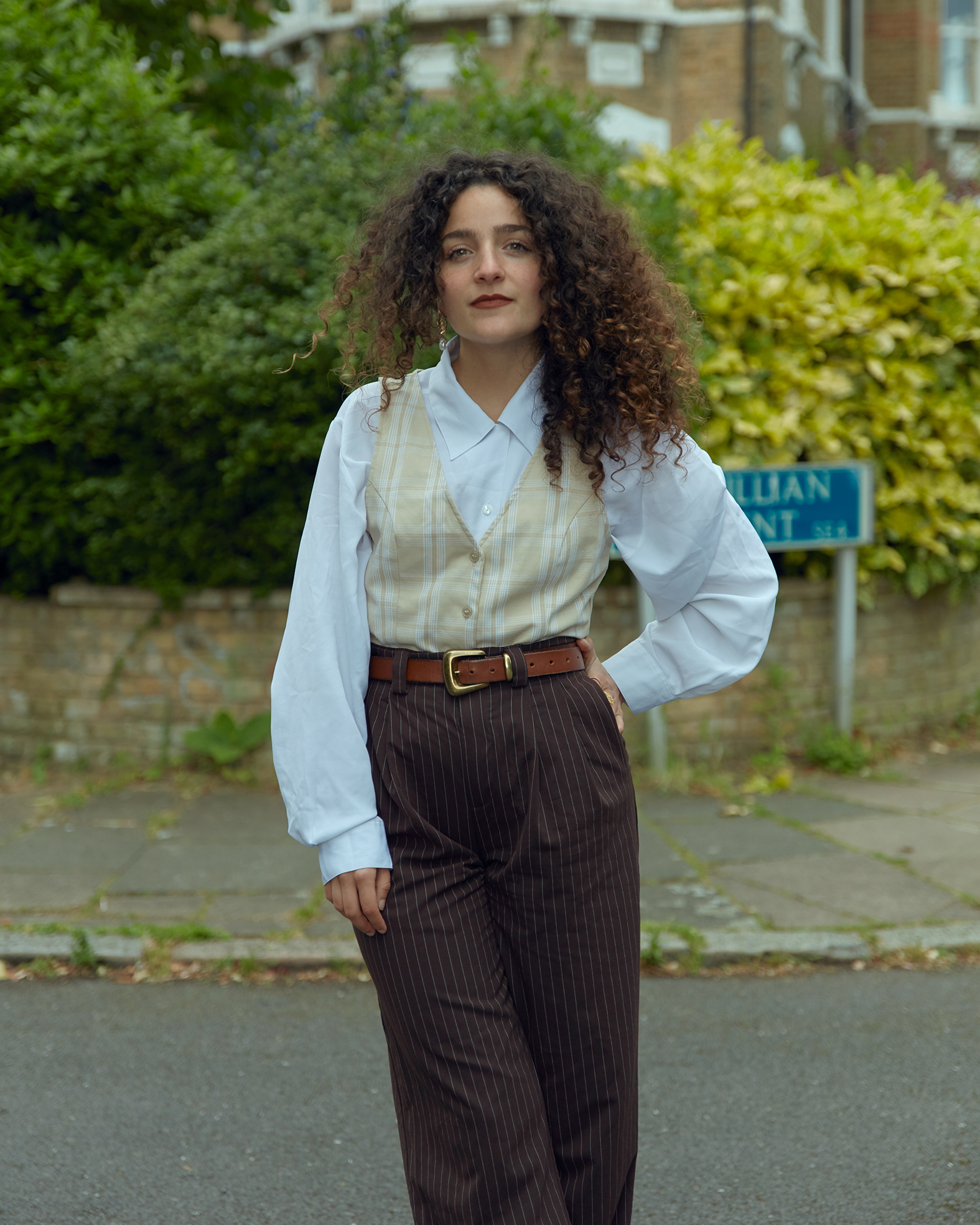
Gilda Bruno is Livingetc's Lifestyle Editor. Before joining the team, she worked as an Editorial Assistant on the print edition of AnOther Magazine and as a freelance Sub-Editor on the Life & Arts desk of the Financial Times. Between 2020 and today, Gilda's arts and culture writing has appeared in a number of books and publications including Apartamento’s Liguria: Recipes & Wanderings Along the Italian Riviera, Sam Wright’s debut monograph The City of the Sun, The British Journal of Photography, DAZED, Document Journal, Elephant, The Face, Family Style, Foam, Il Giornale dell’Arte, HUCK, Hunger, i-D, PAPER, Re-Edition, VICE, Vogue Italia, and WePresent.